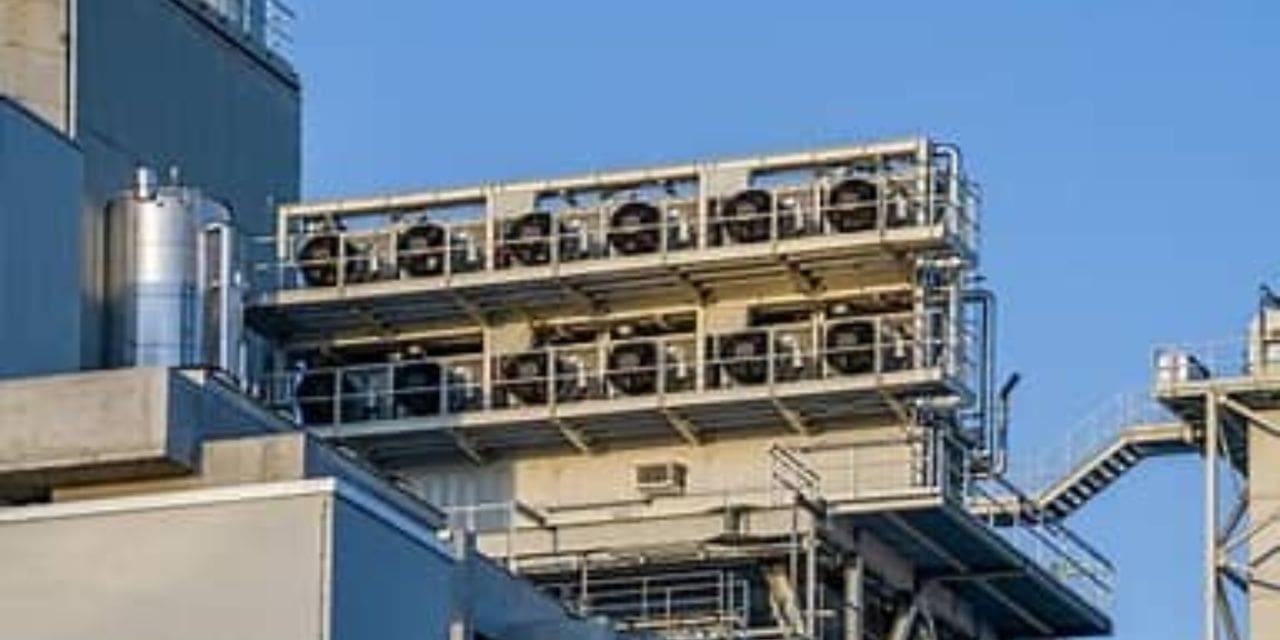The “Carbon Capture, Utilization, and Storage Market by Service (Capture, Transportation, Utilization, Storage), Technology (Chemical Looping, Solvents & Sorbent, Membranes), End-Use Industry, and Region – Global Forecast to 2030” report, which was recently released by MarketsandMarketsTM, states that the market is expected to grow at an average CAGR of 24.0%, from USD 3.1 billion in 2023 to USD 12.9 billion in 2030. The oil and gas, power generating, and chemical and petrochemical industries are the main industries that use carbon capture, utilization, and storage techniques to reduce carbon emissions into the atmosphere. The implementation of this technology has been suggested by numerous nations worldwide to combat climate change and lower carbon emissions.
Download PDF Brochure: https://www.
Browse
- 300 Market Data Tables
- 71 Figures
- 26 9 Pages and in-depth TOC on “Carbon Capture, Utilization, and Storage Market – Global Forecast to 2030”
This report also provides a comprehensive analysis of the companies listed below:
Aker Solutions (Norway), Honeywell International (US), Equinor ASA (Norway), Linde Plc (UK), JGC Holdings (Japan), Schlumberger Ltd (US), Royal Dutch Shell (Netherlands), Fluor Corporation (US), Mitsubishi Heavy Industries, Ltd. (Japan), Exxon Mobil Corporation (US), and others are some of the major players in the global market for carbon capture, utilization, and storage. These include new product introductions, agreements, collaborations, mergers and acquisitions, and efforts to develop new products to increase their market share in the carbon capture, utilization, transportation, and storage sectors.
Recent Developments in Carbon Capture, Utilization, and Storage Market Industry
- In July 2023, Fluor Corporation revealed its memorandum of understanding (MOU) with Carbfix, the pioneer in carbon dioxide (CO2) mineral storage, to explore comprehensive carbon capture and storage (CCS) solutions.
- In June 2023, TotalEnergies SE, Petronas, and Mitsui & Co. Ltd. signed a development agreement to collaborate on a carbon capture and storage (CCS) project in Malaysia.
- In June 2023, Aker Solutions signed an agreement with Doosan Babcock to jointly deliver carbon capture and storage (CCS) projects in the UK.
- In April 2023, Fluor Corporation (NYSE: FLR) recently signed a license agreement with Federated Co-Operatives Limited (FCL) to implement Fluor’s Econamine FG PlusSM
carbon capture technology at Saskatchewan, Canada. - In November 2022, ExxonMobil and MHI have formed a carbon capture technology alliance to facilitate industry decarbonization projects.
Request Sample Pages: https://www.
The capture service segment comprises a major share of the carbon capture, utilization, and storage market, in terms of value and volume.
The first phase in the CCUS process is carbon capture, and it involves separating and extracting carbon from the effluent flue gas stream that originates from a variety of industrial sources, including power plants, petrochemical and chemical companies, iron and steel smelters, and others. Several methods are proposed to remove carbon from the flue gas effluent stream, including Direct Air Capture (DAC), Oxy-Fuel, Pre- and Post-Combustion, and Bio-Energy CCS (BECCS). Several companies use this technology all around the world to reduce their carbon footprint. Adoption of this technique appears to be more expensive since direct air capture significantly deviates from standard practices and removes carbon directly from the atmosphere rather than from industrial sources.
Chemical looping technology type is the second dominating segment in the global carbon capture, utilization, and storage market in terms of value and volume
Chemical looping is a technique used in industries to trap CO2 during the thermal fuel conversion process. In order to create the nitrogen-free flue gas stream, which mostly consists of CO2, H2O, and reduced oxy-carbonates, a sequence of chemical processes is carried out. This extremely low chemical combination flue gas stream is subsequently sent to another operation, where carbon is removed from the residual effluent stream. This method is mostly utilized in the chemical and petrochemical, as well as oil and gas sectors, where the effluent stream’s nitrogen content is considerably higher.
Oil & gas industry is the dominating end-use industry in the global carbon Capture, Utilization, and Storage market in terms of value
The carbon capture, utilization, and storage market is dominated by the oil and gas sector. This can be attributed to the industry’s high initial adoption rate, which is expected to continue during the forecast period, due to the fact it is one of the main sources of atmospheric carbon emissions. The CCUS technology is being used in a number of ongoing projects, including the Century Plant in the United States, the Shute Creek Gas Processing Plant in the United States, the Uthmaniyah Gas Plant in Saudi Arabia, and the Petrobras Santos Basin Plant in Brazil, to lower carbon emissions in their respective locations.
Asia Pacific to be the fastest-growing region in the carbon Capture, Utilization, and Storage market during the forecast period
The CCUS market is expected to grow at the fastest pace in Asia Pacific. this is mostly because of the significant improvements in technological development that Australia and China have achieved. Businesses were initially hesitant to implement CCUS as it is a capital-intensive task. However, with recent developments in environmental policies and regulations, as well as the ability to combine CCUS with hydrogen generation, companies are now actively involved in the technology’s development. Governments around the Asia-Pacific region constantly encouraging their industrial sector to actively engage in the joint endeavor to reduce climate change through the establishment of tax credit programs.

